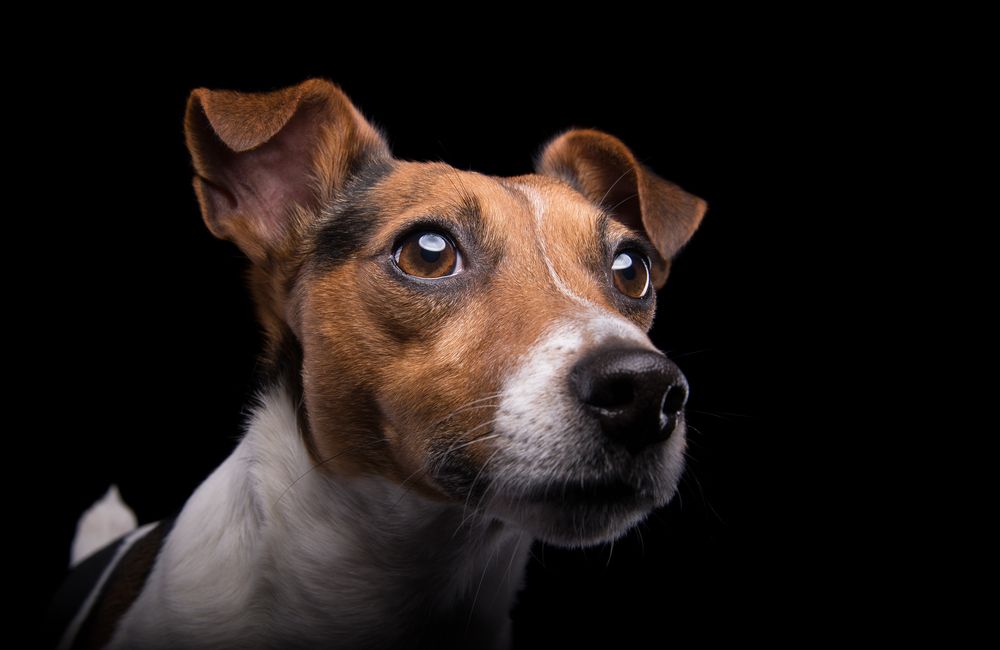
Why Does My Dog Have Eye Whiskers. A touch or even a soft wind is enough to trigger them. When you touch their eyebrow whiskers your dog may shy away blink or flinch from the strong unusual contact. These whiskers are designed so that when the airflow or some object causes the whisker to flex. When a dog is scared or feeling threatened they will point their whiskers forward seemingly a defense strategy.

They protect eyes from particles that can damage them. The amount of eye goop a dog produces each night or after long naps should stay relatively constant. Whiskers are sophisticated hairs that are different from the hairs elsewhere on a dogs body because each whiskers base has a high concentration of touch-sensitive neurons. The vibrissae serve as an early warning device that something is near the face and thus helps the dog prevent colliding with walls or objects and alerts the dog that something is. The sensitivity of his whiskers helps him identify when things are approaching. When a dog is asleep so are its whiskers but when a dog is active the whiskers are too.
Supraorbital whiskers protect your dogs eyes from very small particles that could potentially damage his eyes.
Its most evident in the morning and is often perfectly normal. When a dog is scared or feeling threatened they will point their whiskers forward seemingly a defense strategy. Its most evident in the morning and is often perfectly normal. Supraorbital whiskers protect your dogs eyes from very small particles that could potentially damage his eyes. These long coarse whiskers work like radar detectors so that an insect pollen or even dust will be sensed and trigger his blinking reflex. Its not the whisker itself that feels but the nerves in the hair follicle which is rooted much deeper than normal hairs.